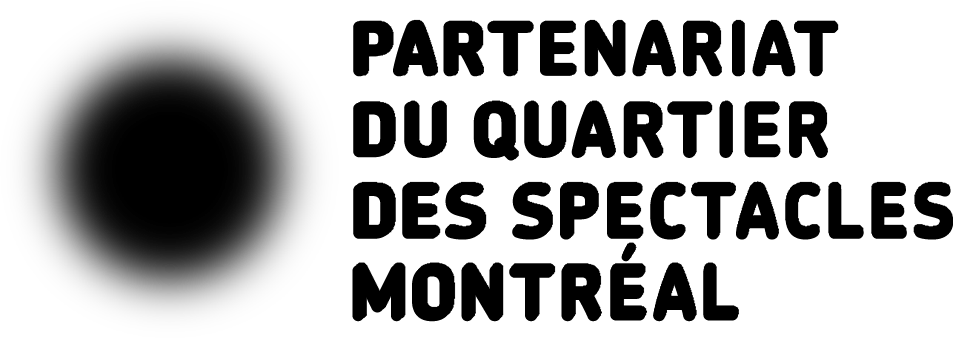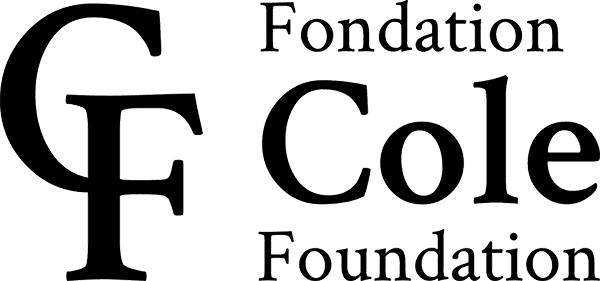Face to Face explores different forms of communication and their influence on the expression of our emotions. Where did the inspiration for this project come from?
I’ve been observing new modes of communication ever since they went digital. I became interested in emojis, those digital representations of emotion originally from Japan, a country known for its politeness. In Japanese culture, when people use vulgar words, they’re automatically accompanied by a heart emoji.
I find that contrast interesting. It takes us back to the complexity of our social interactions, to how the way we communicate involves oppositions and ambiguities. That’s why, in this piece, I included many moments when we cover our eyes with our hands, which could be seen as signifying tears or laughter.
Since the time when we were hunters in the Stone Age, we’ve been accustomed to observing movement, watching others, sensing the distance between us. We understood the subtle magic of interactions, but digitization has deconstructed this awareness. Emojis only show the face or the hands, but emotions reverberate throughout the human body. We no longer know how to translate them, or they are misinterpreted.
This piece focuses on emotion in the body. One of the Chinese artists I admire the most, Xu Bing, wrote a work called The Book from the Ground, about the symbols, icons, and logos of the 21st century, which inspired me.
We’re living in the era of symbolization, where we share texts and emojis in large quantities. I asked myself how these virtual changes influence our real, face-to-face interactions, and how our real interactions can influence our digital emotions.
Does the body play a fundamental role here in delivering emotions?
As a dancer, I remake the body each day. Even if you experience similar things, your body feels them differently. Our bodies are keys: if you’re sick, they send you signals before you can even tell that you’re ill. I’m interested in how we read our bodies’ signals: both our own and others.
I work with emotions and how they are incorporated into the body: how the senses ask our bodies to incarnate what is happening at the deepest level of the self.
I’m interested in the contrasts that may occur within the same entity, in the same pure emotionless movement, or how when I cry, I laugh. In the piece, there are also moments of disengagement when there is no more emotion, just a neutral gaze observing the audience. These sections allow me to set my emotions aside so that I can pay attention to those occurring in the venue.
This piece reveals a strong rapport between you and your collaborator Lukas Malkowski. How did this partnership begin?
We’ve collaborated on multiple projects together and discovered that, even though he’s ten years younger than me, we have many things in common. Lukas is a CODA, a child of deaf adult. His father is deaf, and the first language he learned was American Sign Language. Like me, he’s not limited to the English language alone—he perceives language throughout the body.
As for me, I was born in China during the 80s, at the time of the one-child policy. My parents worked seven days a week, so I was mostly raised by my grandparents, who treated me like a little king. When I started school, it was a shock, because Chinese society doesn’t consider the individual, only the group, the collective. We were the first generation produced by the one-child policy, and that contrast between receiving all the attention at home and then no attention at school was disturbing to us. I was also a solitary child. I didn’t speak until the age of five. When I arrived in Canada, I liked being alone, engaging in conversation with myself.
It was similar for Lukas: even though he came from a big family, he was quiet, shy and non-verbal when he began school. He has a good understanding of the emotions expressed by the body and how to convey them. His language relates to that of emojis, which are motionless symbols. Lukas speaks with symbols that move: they show how to convey emotions from deep within our bodies to others.
You’re also a visual artist. How do your drawings relate to your dance practice?
I went to art school when I was nine years old and also benefited from the teaching of my grandfather. When I arrived in Canada, I stopped drawing, but recently, since I couldn’t go to the studio or the theatre because of COVID-19, I returned to drawing to express and set free the emotions trapped in my body. For me, it’s like dancing on paper. I create my own symbols with these dances on paper, which are also inspired by the movements of clouds.
Is Face to Face a tribute to the interaction between two people?
Yes, especially with COVID-19. I hope that despite the distances between us, we will continue to interact socially, to preserve the essence of our communication, so that we can expand our perspectives even if we don’t speak the same language, or if we don’t feel the same things. We have the right to not understand each other.
Communication is complex, and in this piece, I explore how far the body can go, or how far our emotions can go with the body. Sometimes, we can see each other up close, sometimes from very far away, sometimes we hide, sometimes we repeat the same things, but no matter how far technology may take us, we don’t want to lose real interaction.










